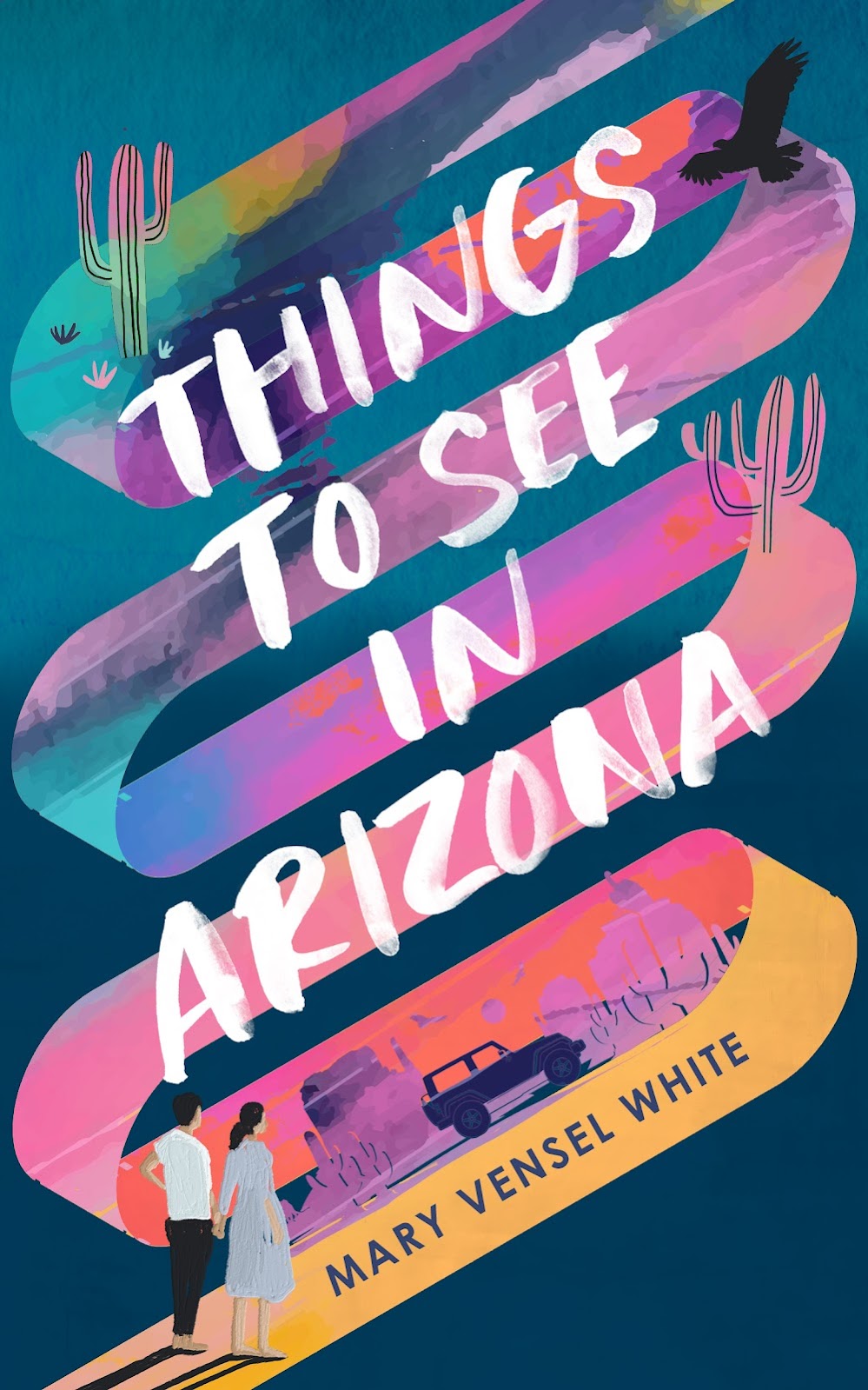Whenever I read a book I find truly great, I almost don’t
want to say too much about it. Because I think you should read it for yourself and if you’re
like me, you won't want many details going in. The Overstory is one of
those books. It’s masterful and will give you just about anything you could
want from a novel. There’s beautiful language and great storytelling;
there’s philosophy and spirituality and at times, sentimentalism. There’s
science and art and madness and weakness and glimpses of the stalwart goodness
of people. And there’s trees, lots of information and insights about trees.
Let me tell you about the structure. The first
section, called “Roots,” is made up of the chapters I wrote about before—each one
titled for a character. This section runs about 150 pages and is like an exquisite
short story collection. The characters have no relation to each other, but they
all have some type of meaningful connection to a tree or trees. In the next
sections of the novel, called “Trunk,” “Crown,” and “Seeds,” relationships
between these characters are drawn. Often characters come together in
unexpected ways. For me, these sections ebbed and flowed. I had trouble at
first remembering one character from the other. Powers does a good job of
giving reminders but even so, often in “Trunk,” I had to refer back to earlier
chapters to remind myself who was who.
I see a lot of movies and for probably the past decade, I
often leave the theater thinking “Well, that
could have been twenty minutes shorter.” And I will admit that at times in
these latter sections, The Overstory lost me a little. I was more interested in
some storylines and characters than others. And yet, all along I noticed the
amazing things Powers was doing with theme and structure and as I mentioned
before, this feeling that all was building and growing together, pushing toward
something great. Could he have cut fifty pages or so? Perhaps, but given his prodigious talent, I certainly wouldn't be the one to suggest it.
Several times throughout the novel, the first line of Ovid’s
Metamorphosis is referenced:
“I want to
speak about bodies changed into new forms.”
I don’t want to
say too much about the characters or what happens to them in
terms of a plot. But I will say that each character has a revelation that paralleled
mine as a reader: each of us saw trees, and the world we inhabit alongside
them, in a new light. And I think if you get a copy of The Overstory, it will
have an impact on you as well.
Also, I very much enjoyed Bookworm's discussion with the author, which you can listen to here.
Next week I’ll be
diving into Meetings with Remarkable Trees, a lovely, best-selling picture
book. The author, Thomas Pakenham, rocked the botany world in 1998 when this
was published. The book is the result of “a five-year odyssey to most of the
temperate and tropical regions of the world to photograph sixty trees of
remarkable personality and presence…Many of these trees were already famous—champions
by girth, height, volume or age—while others had never previously been caught
by the camera.” The book has captured the attention of scores of readers, has
been recorded in audio form with an accompanying pdf booklet, and inspired a
BBC series. I'm very much looking forward to feasting on this book and the photographs within its pages. After that, I’ll conclude with The Hidden Life of Trees and because I won't have a reading update next week due to travels, I may very well have both books
completed when I come back. Join me in reading these last two Summer of Trees
books!















0 comments:
Post a Comment